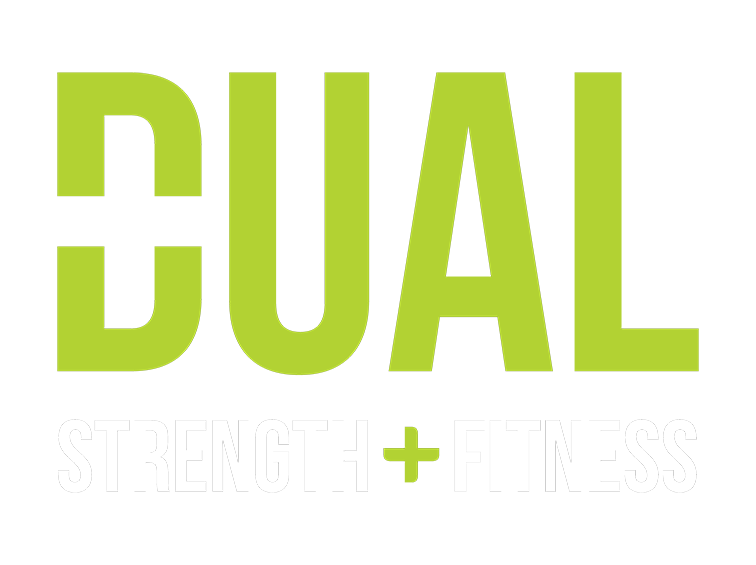Back to Basics: Progressive Overload
Progressive overload is key to effective strength training. Whether you're a beginner or an experienced lifter, understanding and implementing progressive overload into your training can significantly enhance your results in the gym.
Let’s explore the basics of progressive overload, look at why it is important, and how you can apply it to your workouts to optimize training.
What is Progressive Overload?
Progressive overload is the gradual increase of stress placed on the body during exercise over time. This increased stress stimulates physiological adaptations, such as muscle growth and increased strength, to occur. Essentially, it involves progressively challenging your muscles by gradually increasing the intensity, volume, or the duration of your workouts.
It is essential for continual improvement and minimising training plateaus. Without it, your body adapts to the current level of stress, and further progress becomes stagnant. By consistently overloading your muscles, you create the stimulus necessary for growth and development.
The basics of Progressive Overload:
Gradual Progression: Progress should be gradual and systematic to allow your body to adapt without risk of injury. Aim to increase the intensity or volume of your workouts incrementally over time. Don’t try to do it all!
Variation: Introduce variety into your workouts to keep your muscles guessing. This could involve changing exercises, rep ranges, sets, or tempo (speed) of the repetitions.
Personalisation: Progressive overload should be individualised as it should be based on factors such as your fitness level, goals, and recovery. What works for you may not work for a friend, so tailor your approach to meet your needs and your training goals.
Enhancing Frequency: Increase the frequency of your workouts by adding additional training sessions per week. This allows for more opportunities to stimulate muscle growth. This is very dependent on the time you can dedicate to your training each week. If you can only commit to three times a week due to work/college or home-life commitments, aim to adjust your training in another way that works better for your lifestyle.
Tracking Progress: Keep track of your workouts, including weights lifted, repetitions, and sets completed. This allows you to monitor progress and make sensible and personalised adaptations to your sessions.
Our final reminder is to approach progressive overload gradually, remember it is not a race, it is very personal to you and what you are hoping to achieve.
If you’re a bit lost and would like some extra guidance on how to apply progressive overload to your training please reach out to a member of the team either via our socials or by heading over to our staff page. We’re always more than happy to help you find the right style and intensity of training for you.
Don’t want to train alone? Fancy trying something new? Why not try one of our classes?



